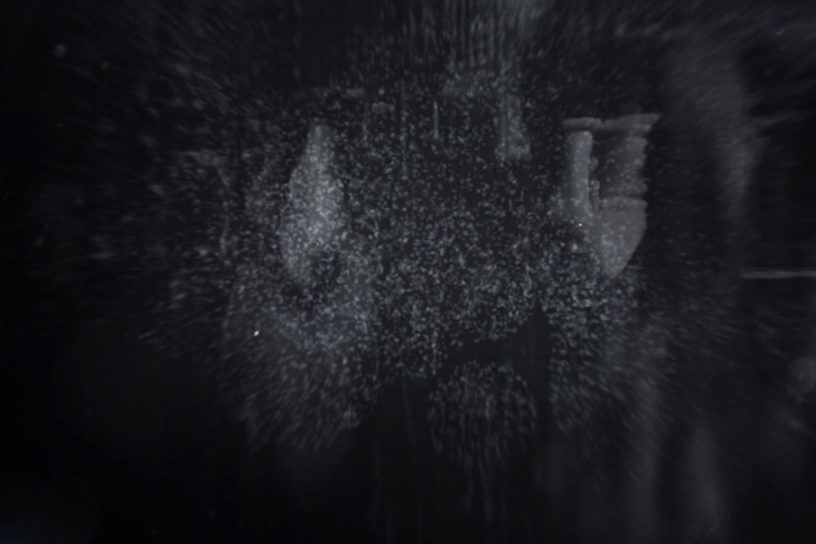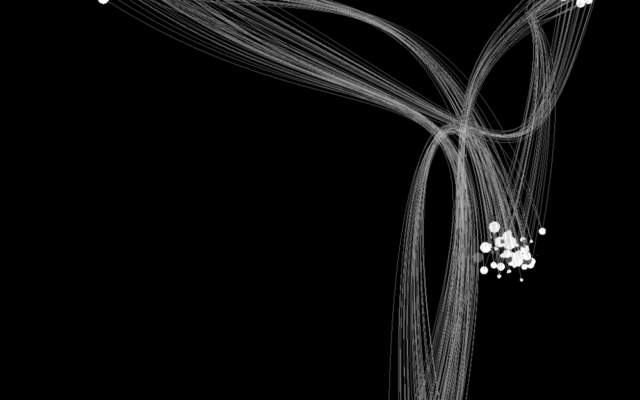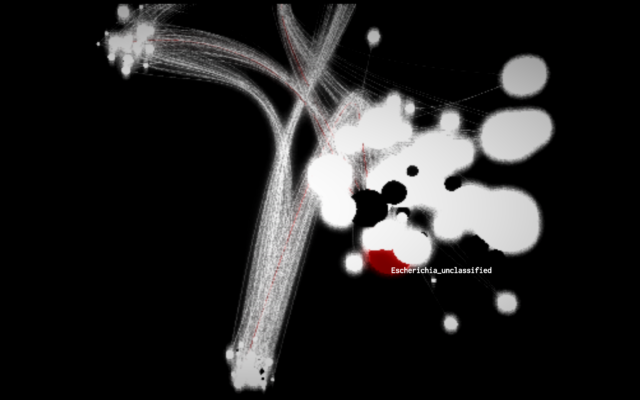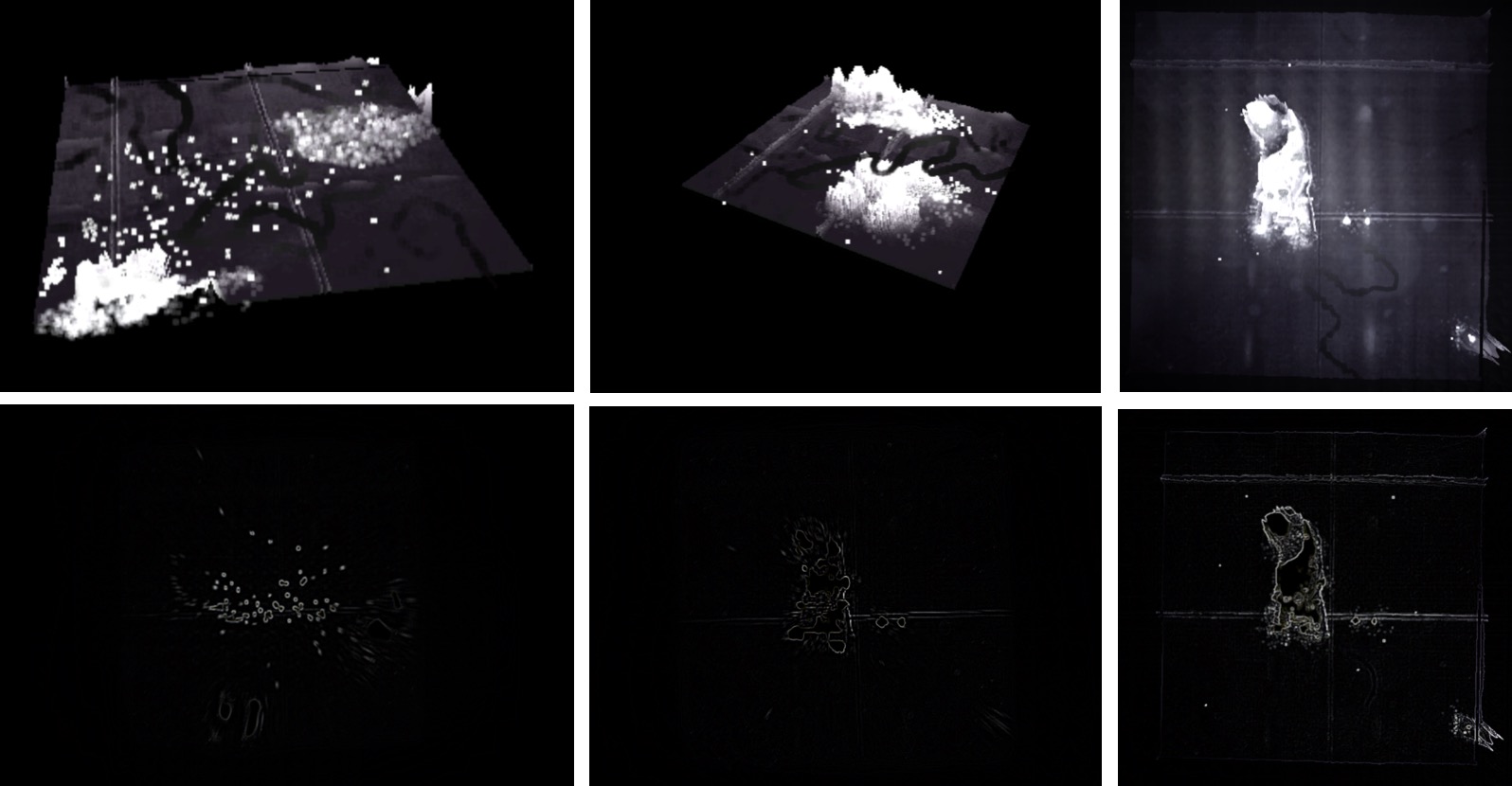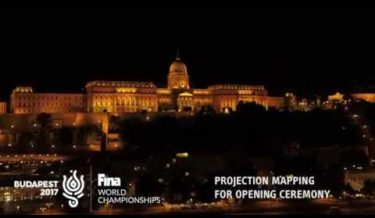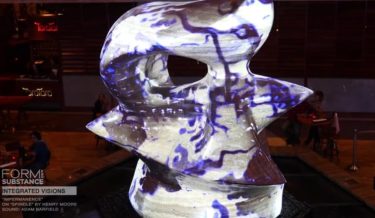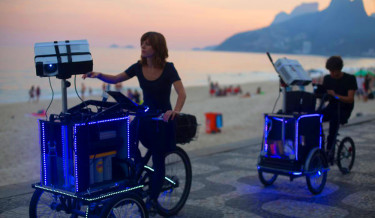Related post
FINA Budapest 2017 World Championship Opening Ceremony Projection Mapping on Buda Castle
Oct 04, 2017
|
Comments Off on FINA Budapest 2017 World Championship Opening Ceremony Projection Mapping on Buda Castle
1535
“Impermanence” on “Spindle” by Henry Moore
Mar 23, 2017
|
Comments Off on “Impermanence” on “Spindle” by Henry Moore
2046
Audiovisual Tricycles by ‘VJ Suave’ Project Animations on the Streets of Rio de Janeiro
Oct 20, 2015
|
Comments Off on Audiovisual Tricycles by ‘VJ Suave’ Project Animations on the Streets of Rio de Janeiro
4936

